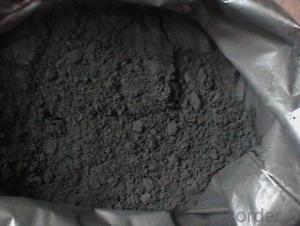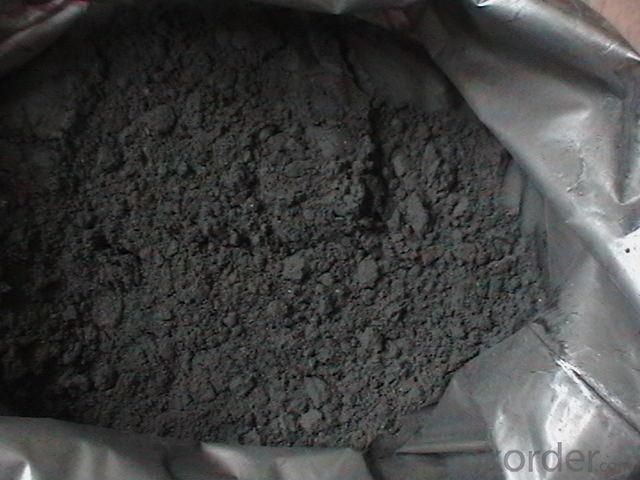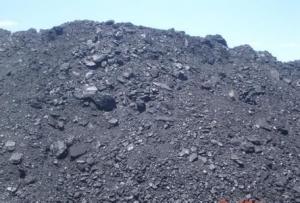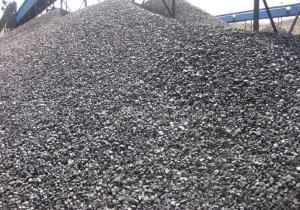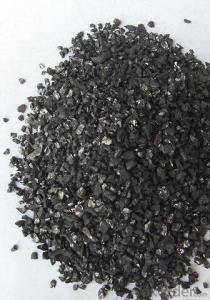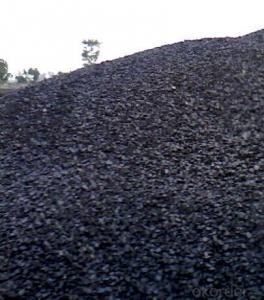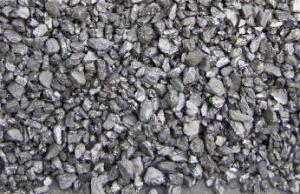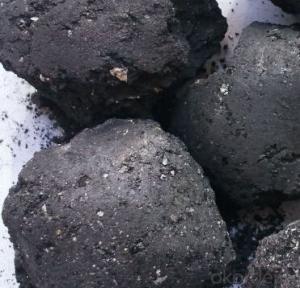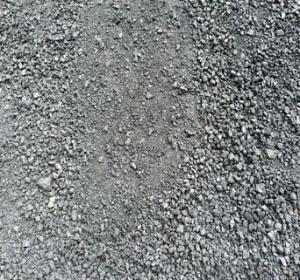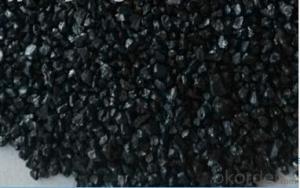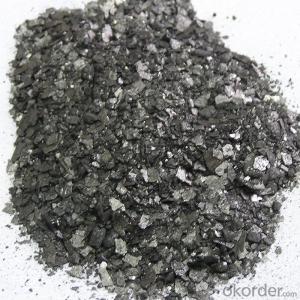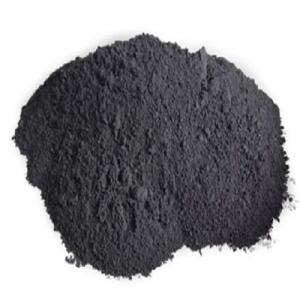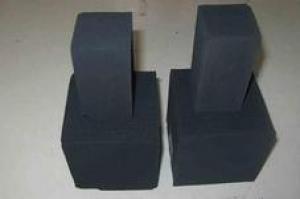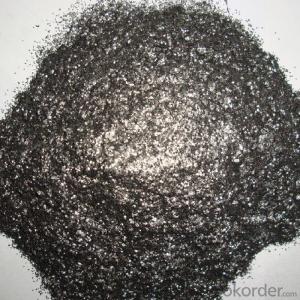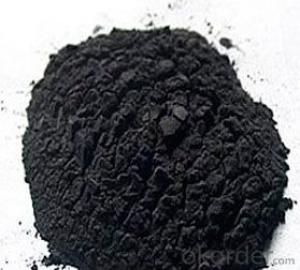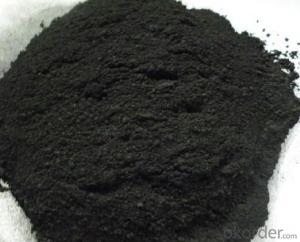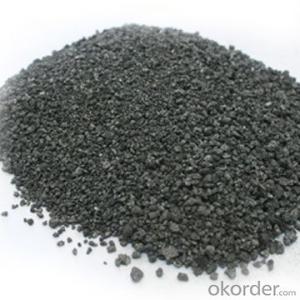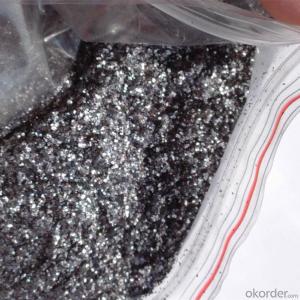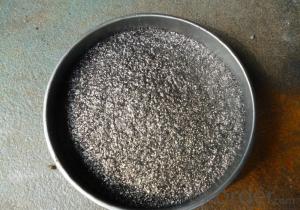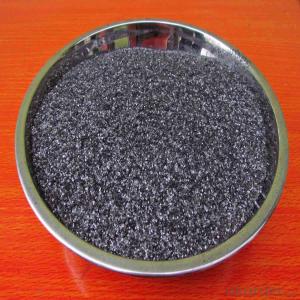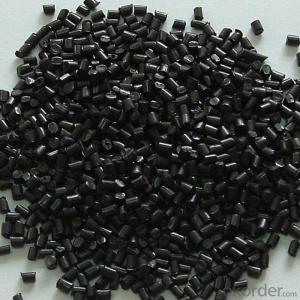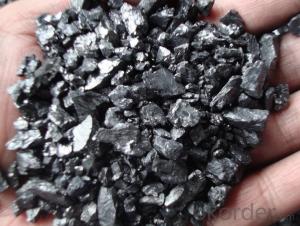Amorphous Graphite powder/Amorphous Graphite
- Loading Port:
- China main port
- Payment Terms:
- TT OR LC
- Min Order Qty:
- 50 m.t.
- Supply Capability:
- 1000 m.t./month
OKorder Service Pledge
OKorder Financial Service
You Might Also Like
Packaging & Delivery
| Packaging Detail: | Provide various packing options according to customer requirements. |
| Delivery Detail: | 10-60 days according to order |
Specifications
1.Fixed Carbon 94%-99%
2.50, 80,100, 120,150,200,325 mesh
3.High purity flakes graphite
4.24 years experience
Natural Flakes Graphite Series
Advantage:
Perfect crystallization, great size in flake, high density, low content of mica, high luminance, excellent physical properties, such as resistance to high temperature, electric and thermal conductivity, self lubricity, and superior chemical stability
Size:
Adjustable to meet customer requirements, and major sizes include 50, 80,100, 120,150,200,325 mesh
Packing:
Provide various packing options according to customer requirements. Including Woven Bags, Paper Bags and Plastic Bags of 25KG, 50 KG, and 1000KG.
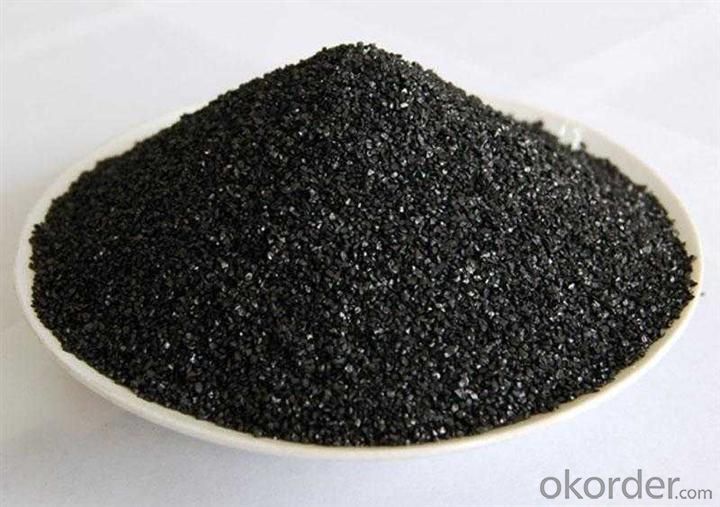
Technical Specification For Medium Carbon Graphite | |||||
Brand No. | Specification | ||||
Fixed Carbon (≥%) | Volatile (≤%) | Ash (≤%) | Moisture (≤%) | Remains on Sieve (%) | |
LG50-94 LG80-94 LG100-94 LG120-94 LG150-94 | 94 | 1.2 | 4.80 | 0.50 | ≥80.00 |
LG(-)100-94 LG(-)200-94 LG(-)325-94 LG(-)500-94 | ≤20.00 | ||||
LG50-95 LG80-95 LG100-95 LG120-95 LG150-95 | 95 | 1.2
| 3.80 | 0.50 | ≥80.00 |
LG(-)100-83 LG(-)200-83 LG(-)325-83 LG(-)500-83 | ≤20.00 | ||||
LG50-96 LG80-96 LG100-96 LG120-96 LG150-96 | 96 | 1.2 | 2.80 | 0.50 | ≥80.00 |
LG(-)100-96 LG(-)200-96 LG(-)325-96 LG(-)500-96 | ≤20.00 | ||||
LG50-97 LG80-97 LG100-97 LG120-97 LG150-97 | 97 | 1.20 | 1.80 | 0.50 | ≥80.00 |
LG(-)100-97 LG(-)200-97 LG(-)325-97 LG(-)500-97 | ≤20.00 | ||||
LG50-98 LG80-98 LG100-98 LG120-98 LG150-98 | 98 | 1.00 | 1.00 | 0.50 | ≥80.00 |
LG(-)100-98 LG(-)200-98 LG(-)325-98 LG(-)500-98 | ≤20.00 | ||||
LG50-99 LG80-99 LG100-99 LG120-99 LG150-99 | 99 | 0.70 | 0.30 | 0.50 | ≥80.00 |
LG(-)100-99 LG(-)200-99 LG(-)325-99 LG(-)500-99 | ≤20.00 | ||||
- Q: What are the uses of coal?
- 3) coal for building materials: accounting for more than l0% of the power coal, the largest amount of coal used in cement, followed by glass, brick, tile, etc..4 general industrial boiler coal: in addition to the thermal power plant and large heating boiler, the general enterprise and the heating of the industrial boiler model, large quantity and scattered, coal accounts for about 30% of the coal.
- Q: Why is coal spontaneous combustion?
- Coal heap in contact with air oxidation occurs, and emit heat. Coal oxidation reaction occurs after the coal pile temperature increases. The coal temperature increases, and the speed of coal oxidation was accelerated. In this way, the temperature makes the coal pile increasing. When the temperature exceeds the coal self ignition when will the spontaneous combustion
- Q: The greater the number of powdered activated carbon adsorption effect is better?
- According to practical experiences, such as the water in the mouth of adding water, in order to make full use of adsorption capacity of activated carbon powder, should be used to more than 250 mesh powder activated carbon; but at the same time must be strictly controlled the sedimentation tank effluent turbidity is about 1NTU, the strict control of filtration velocity? Dosage and larger in coagulation after precipitation plus water, should use less than 200 powdered activated carbon, to ensure the quality of tap water
- Q: What is the role of coal
- The use of coal is very extensive, according to the purpose of its use for two main purposes: (1) power coal, (2) coking coal
- Q: What is the use of activated carbon
- Activated carbon is a kind of purification material, adsorbent, catalyst
- Q: What are the signs of coal and gas outburst?
- In the process of underground mining, coal and rock is often a moment from coal and gas spewed out, the phenomenon that the coal and gas outburst, referred to as "outstanding". Coal and gas outburst accident will not only cause the working face and ventilation system damage, while a large number of coal and gas to discharge at high speed that may also be full of roadway, causing suffocation and burning gas explosion, and coal (rock) embedded in the accident.
- Q: How to use activated carbon to filter liquor
- Look at the density of activated carbon pore number, the adsorption performance of activated carbon is higher, more crisp, the relative density is low, will feel lighter in weight in the case of packaging, the volume is also bigger. The proposed purchase of small density, light touch, such as the weight of large volume of activated carbon products.
- Q: Activated carbon can really dehumidification
- Throw into the water, will be a lot of blisters, like a sponge absorbent
- Q: Used for industrial purposes?
- Coal gas, liquefied petroleum gas, natural gas, methane, coal products for residents, the VAT rate is 13%.
- Q: What are the types of low rank coals? What is commonly used at present? Where can I buy
- Lean: volatile and moderate adhesion, mainly used for coking. In the coking process may produce some of the glial, glial layer thickness of 6 - 10mm. Produced by coal coking coke, high mechanical strength and abrasion resistance is relatively poor. In addition to the part of high ash and high sulfur coal, coal and other coal blending coking often.
Send your message to us
Amorphous Graphite powder/Amorphous Graphite
- Loading Port:
- China main port
- Payment Terms:
- TT OR LC
- Min Order Qty:
- 50 m.t.
- Supply Capability:
- 1000 m.t./month
OKorder Service Pledge
OKorder Financial Service
Similar products
Hot products
Hot Searches
Related keywords
